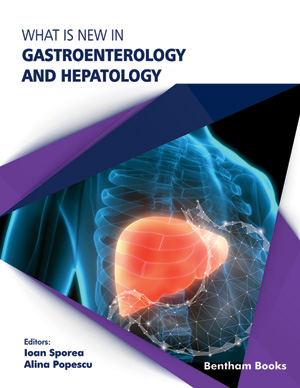Abstract
Gastroenteropancreatic neuroendocrine tumors (GEP-NETs) are a group of heterogeneous malignancies that can occur anywhere in the digestive system, with a growing incidence over the past decade. For proper diagnosis and management, the grading and histological diagnosis have been revised recently. Thus, the WHO grading criteria have been updated in 2017 as well as the TNM staging for pancreatic NETs in 2018. To establish a correct diagnosis, a multimodal approach is required, including various biomarkers, endoscopic tumor biopsy and tumor imaging. Over the past decades, improved diagnostic techniques including endoscopic ultrasound and somatostatin receptor fusion imaging have gained ground and have assisted treatment decision making. Regarding the treatment strategy, the management implies taking into account the tumor stage and degree of tumor differentiation, as well as tumour growth and spread. Novel therapies such as molecular-targeted agents, tryptophan hydroxylase inhibitor and peptide receptor radionuclide therapy were recently approved by FDA, improving the prognosis for advanced GEP-NETs.
Keywords: Carcinoids, Diagnosis, Follow-up, Gastroentero pancreatic neuroendocrine tumor, GEP-NETs, Update.






















